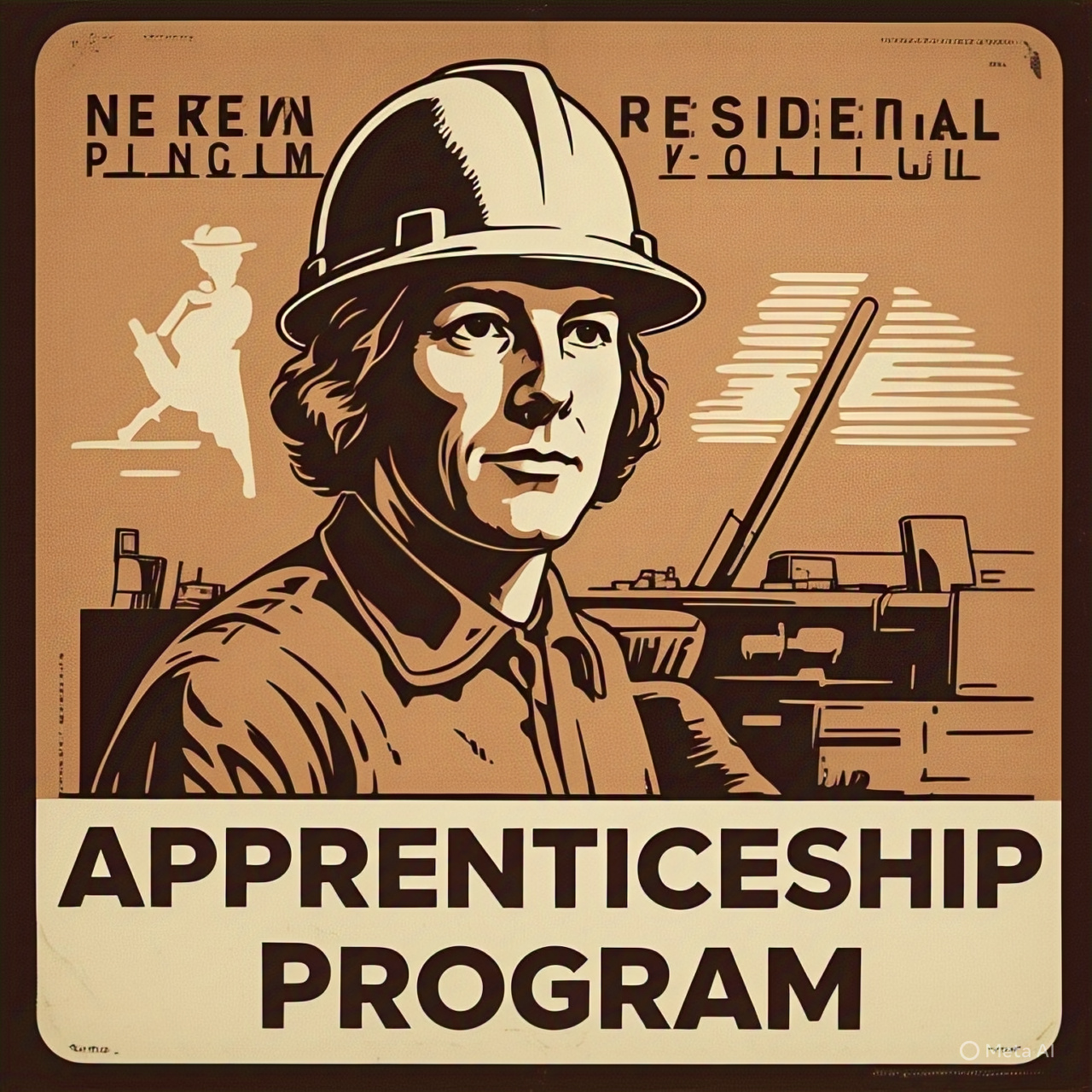
How to Get Involved in the New National Apprenticeship Programs
With America’s skilled trades workforce in high demand, the federal government is taking real steps to meet the moment. Under a new executive order signed in April 2025, the U.S. is aiming to support over one million apprenticeships annually, modernizing how Americans enter the trades.
But how exactly can students, workers, and training providers get involved?
At Trade School Advisers, we’ve broken it down so you know what to expect — and how to act fast.
Step 1: Identify Your Trade and Training Path
The first step is knowing what kind of trade you’re interested in. The updated federal initiative focuses on high-demand sectors such as:
• Construction & Skilled Building Trades
• Welding, Electrical, and Plumbing
• Advanced Manufacturing & Robotics
• Cybersecurity and Industrial AI
• HVAC, Automotive, and Heavy Equipment Repair
Not sure where to start? Use the Trade School Advisers search tool to explore accredited programs by location and trade.
Step 2: Enroll in a Program Aligned with Registered Apprenticeships
Federal funding will prioritize programs that are registered or partner with certified apprenticeship programs. These programs combine classroom instruction with paid on-the-job training, meaning you earn while you learn.
Make sure your school or training provider:
• Is recognized by the Department of Labor (DOL)
• Offers a pathway to industry-recognized credentials
• Has partnerships with local employers for placement
If you’re already enrolled in a trade school, ask your admissions advisor or program director whether your school is applying for new apprenticeship funding.
Step 3: Apply for an Apprenticeship Program
Here’s what the application process may involve:
- Application Form – Provided by your trade school or found through apprenticeship.gov.
- Eligibility Check – Must meet minimum age, education, or aptitude requirements. Some programs require a high school diploma or GED.
- Assessment or Interview – Depending on the trade, a basic skills test or interview may be required.
- Employer Matching – You may be matched with an employer in your field for paid training.
- Enrollment & Orientation – Once accepted, you’ll begin coursework and on-site training.
Pro tip: Many states also operate apprenticeship portals or workforce development boards. Ask your school if they have connections with your state’s labor department.
Step 4: Train, Work, and Get Paid
Unlike traditional education, apprenticeships mean you get paid to learn. These programs typically last 1–4 years and include:
• Technical classroom instruction
• Real-world jobsite training
• Progressive wage increases
• Nationally recognized certifications
Upon completion, many apprentices transition directly into full-time roles — often with starting salaries well above the national average.
For Employers and Trade Schools
Want to become a registered apprenticeship sponsor or expand your programs?
The U.S. Department of Labor is opening new pathways for:
• Trade schools to become official training providers
• Employers to receive tax credits and training grants
• Public-private partnerships to grow local talent pipelines
Visit apprenticeship.gov/partners or connect with your regional DOL office for support in launching or expanding your apprenticeship offerings.
Conclusion: The Time to Act is Now
With historic federal support behind it, America’s apprenticeship system is being revitalized — and there’s never been a better time to get involved. Whether you’re a student looking to start a career without debt, or a trade school looking to expand offerings, this is the moment to lean in.








